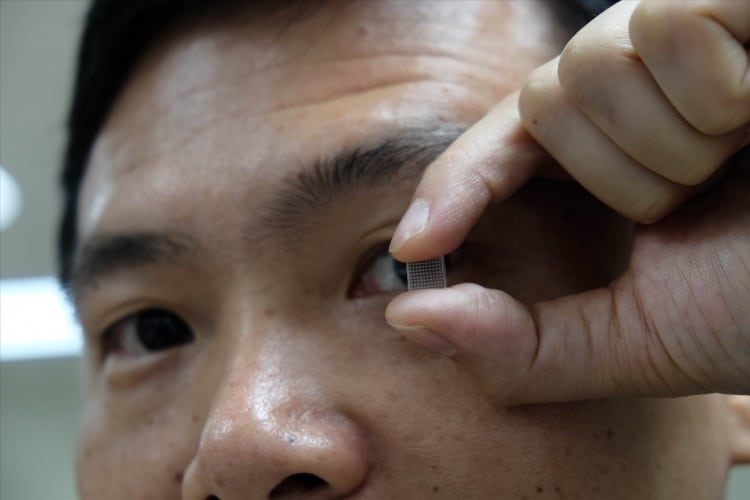Microneedle contact lens targets the eye for drug delivery
Researchers at NTU Singapore have developed a contact lens eye patch that uses microneedles to painlessly penetrate the eye and deliver drugs more efficiently.

The eye is generally treated with drops or ointments, but its natural defences of blinking and tears are very effective at clearing these away relatively quickly. Injections can be given to the eye, but these can be painful and carry a risk of infection. Due to these factors, many patients with eye conditions do not keep to their prescribed regime, particularly when a condition requires long-term treatment.
“These two current methods only produce a burst release of drug with a short effective duration,” said Prof Chen Peng from NTU’s School of Chemical and Biomedical Engineering (SCBE). ”This is not ideal, especially when treating chronic progressive eye diseases that require slow and sustained treatment, such as glaucoma.”
Register now to continue reading
Thanks for visiting The Engineer. You’ve now reached your monthly limit of news stories. Register for free to unlock unlimited access to all of our news coverage, as well as premium content including opinion, in-depth features and special reports.
Benefits of registering
-
In-depth insights and coverage of key emerging trends
-
Unrestricted access to special reports throughout the year
-
Daily technology news delivered straight to your inbox










Water Sector Talent Exodus Could Cripple The Sector
Maybe if things are essential for the running of a country and we want to pay a fair price we should be running these utilities on a not for profit...